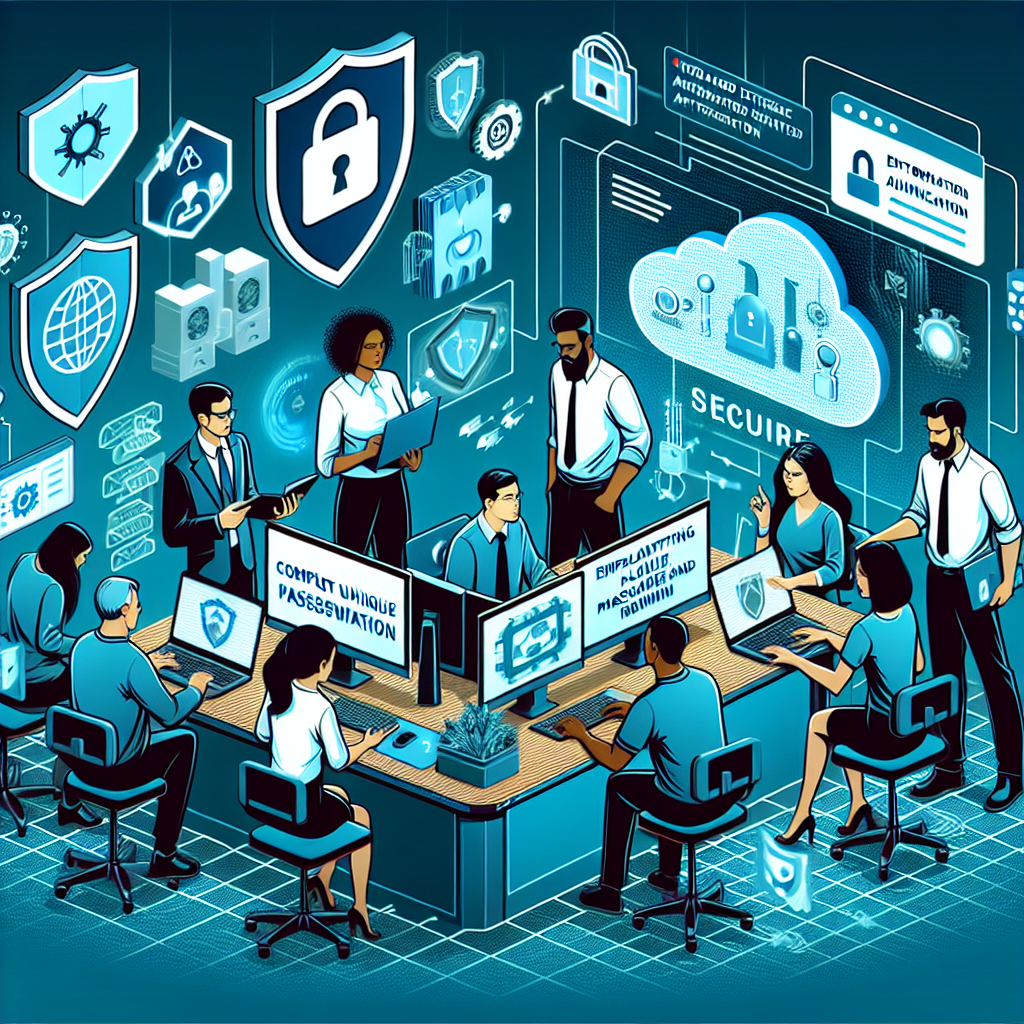In an increasingly digital world, nonprofits are becoming prime targets for cyber threats. With limited resources, many nonprofit organizations struggle to secure their digital assets, putting their mission and sensitive data at risk. Here are essential cybersecurity tips every nonprofit should consider implementing to protect themselves from ever-evolving threats.
First and foremost, understanding why nonprofits are targeted is crucial. Cybercriminals often see nonprofits as easy targets due to their lack of sophisticated security measures. Nonprofits typically manage sensitive data, including donor information, financial records, and personal details, which can be valuable on the black market.
To mitigate these risks, nonprofits need to invest in comprehensive cybersecurity training for their staff. Employees should be aware of phishing scams, malware, and other common threats. Regular training sessions can empower staff to identify suspicious activities and report them promptly, creating a more resilient front line.
Another key strategy is implementing strong password policies. Encourage the use of complex, unique passwords for different accounts and systems. Multifactor authentication (MFA) adds an additional security layer, ensuring that even if passwords are compromised, unauthorized access is still prevented.
Consider leveraging cloud-based security solutions. These solutions often include advanced threat detection, automatic updates, and managed security services. By storing data in a secure cloud environment, nonprofits can reduce the risk of data breaches and focus on their core mission.
Data encryption is another vital component. Encrypt sensitive information both in transit and at rest to ensure that even if data is intercepted or accessed without authorization, it cannot be read or misused by cybercriminals.
Case in point, a mid-sized nonprofit organization recently thwarted a potential breach by adhering to these practices. By conducting regular security audits, they identified vulnerabilities and swiftly addressed them. They shifted to a cloud-based service, encrypting all their donor information, which was initially stored locally without encryption. This proactive approach not only protected their data but also built trust with their supporters.
As cyber threats evolve, nonprofits must adopt a proactive approach towards cybersecurity. By educating their teams, implementing strong security measures, and continuously reviewing their cybersecurity strategies, nonprofits can safeguard their mission and continue making a positive impact.
Estimated reading time: 1 minute, 54 seconds
Cybersecurity Tips for Nonprofits: Safeguarding Your Mission in the Digital Age Featured
 Discover essential cybersecurity tips for nonprofits to protect sensitive data from increasing digital threats. Learn strategies for safeguarding your mission in the digital age.
Discover essential cybersecurity tips for nonprofits to protect sensitive data from increasing digital threats. Learn strategies for safeguarding your mission in the digital age.
Latest from NonProfit Tech News
- Cloud Computing's Role in Nonprofit Operational Efficiency
- Enhancing Donor Engagement: Tech Tips for Nonprofits in a Digital Age
- Leveraging AI Chatbots for Nonprofits: Enhancing Donor Engagement
- Enhancing Nonprofit Efficiency with Emerging Tech Tools
- Accelerating Digital Transformation in Nonprofits
Most Read
-

-
Feb 16 2009
-
Written by Kurt Martin
-
-

-
Jul 22 2016
-
Written by Jennifer Flaten
-
-

-
Sep 12 2013
-
Written by Jennifer Flaten
-
-

-
Jun 25 2010
-
Written by Bob Alves
-









